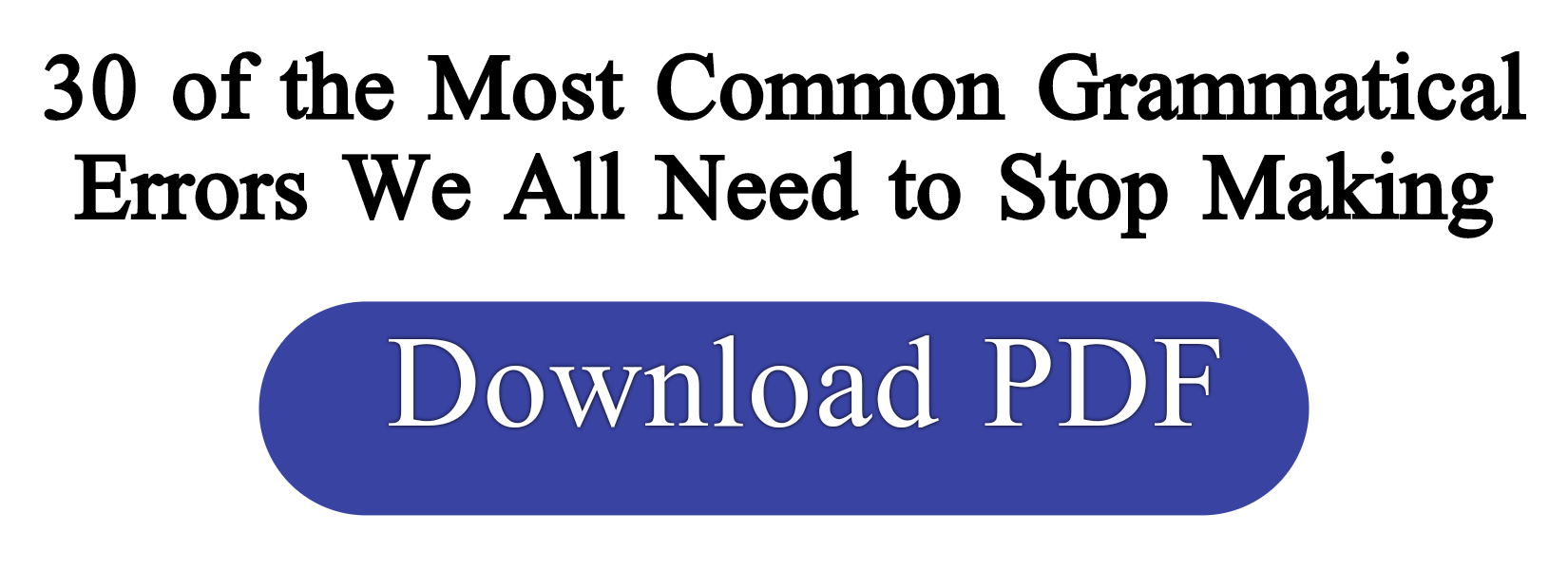We use verbs which describe an action or situation in the present continuous to talk about something happening now:
I am listening to music.
Amir is playing in the garden.
Mom is cooking dinner.
Verbs not used in the continuous:
We don't use the present continuous with verbs which we use to describe people or things:
Amina is at school. (NOT Amina is being at school.)
I like this painting. (NOT I'm liking this painting.)
But I don't understand it. (NOT But I am not understanding it.)
Do you love him? (NOT Are you loving him?)
Verbs which are not usually used in the continuous form fall under the categories of sense verbs, state verbs, emotion verbs, possession verbs and other.
Look at the chart below showing different categories of verbs that do not usually take the continuous form.
# sense verbs
hear
taste
feel
smell
see
recognise
# state of mind
believe
remember
know
prefer
seem
think
# emotion verbs
want
love
like
hate
hope
desire
# possession verbs
belong
own
have
possess
contain
# other
need
matter
exist
appear
Note that 'can' is often used with sense words such as hear, see, feel, smell and taste.
Exceptions
However, some of the above verbs can be used in the continuous form. For example, be, have, think and appear. We can use the continuous form of these verbs only when they mean action.
be
Karim is an intelligent boy. (state: description)
But I don't understand why he's being so irrational about this whole issue. (acting or behaving in a certain way)
have
They have a beautiful house. (state: possession)
She is having breakfast. (action: eating)
think
I think Naila is hard-working. (opinion: state of mind)
I am thinking about what to do next. (action: planning)
appear
He appears to be quite disturbed. (state: description)
She is appearing at the theatre this evening. (action: taking part)
look and feel: can be used in either the simple or the continuous to talk about something happening now:
I feel tired/I am feeling tired.
She looks gorgeous/She is looking gorgeous.









